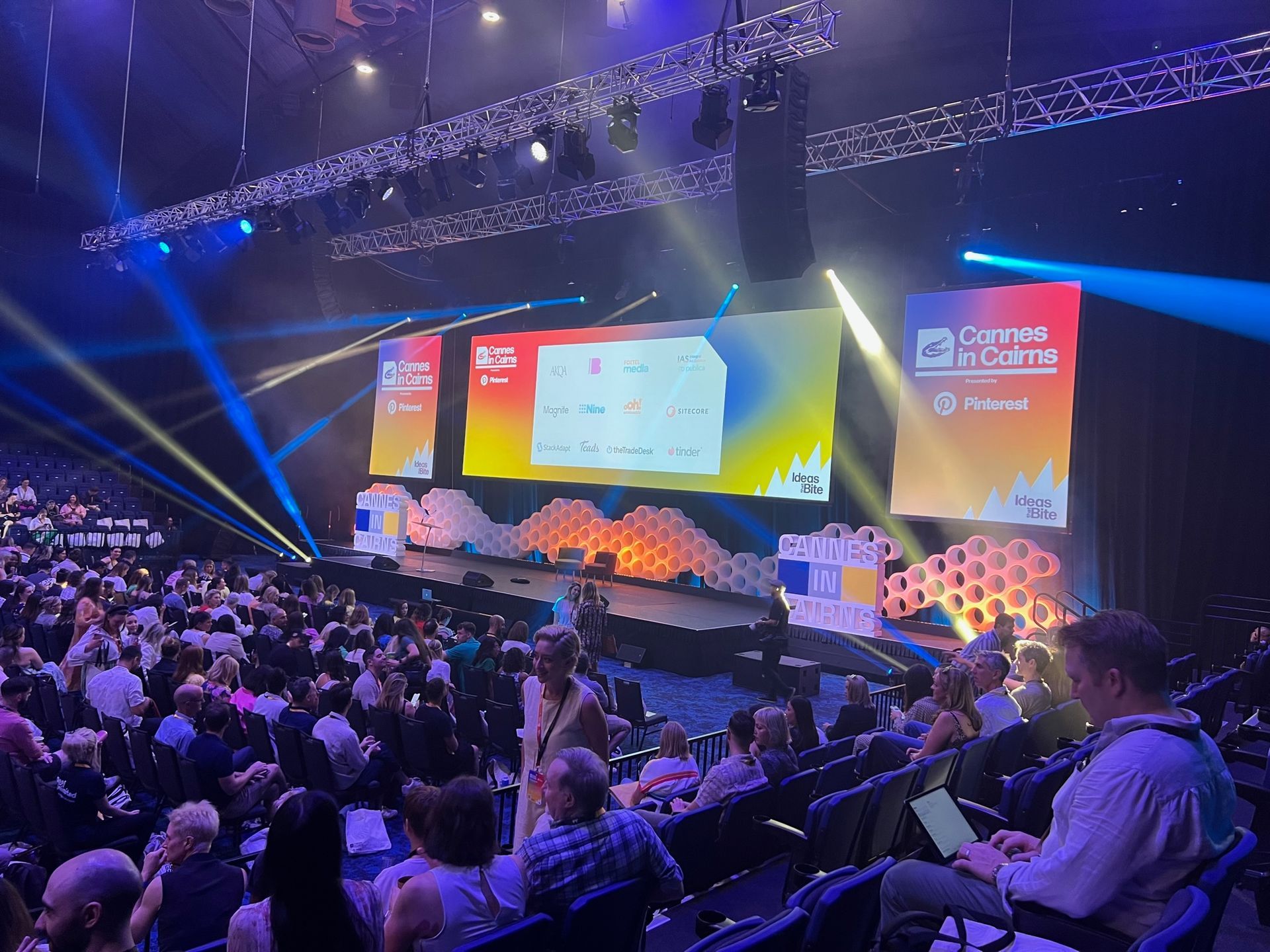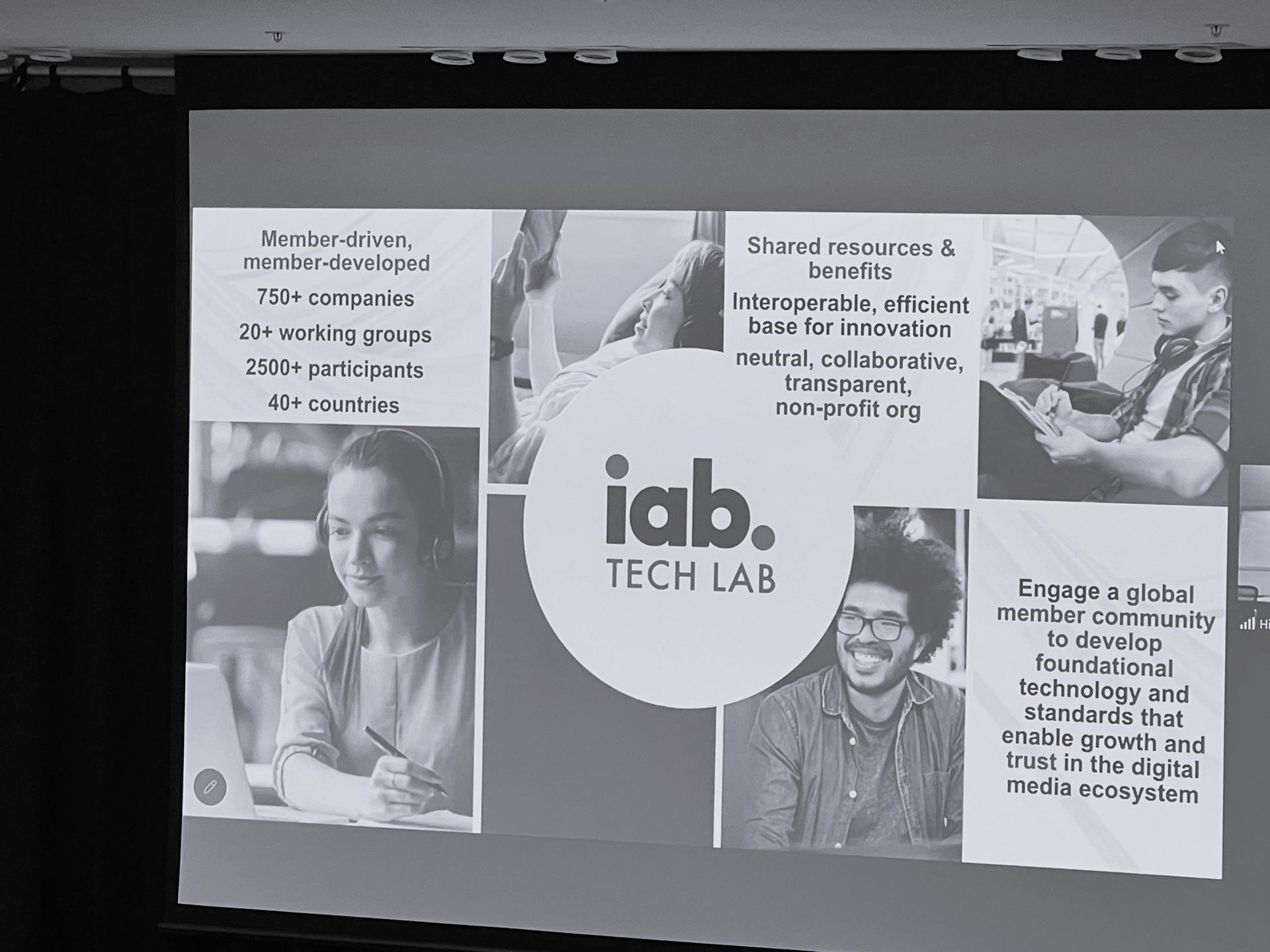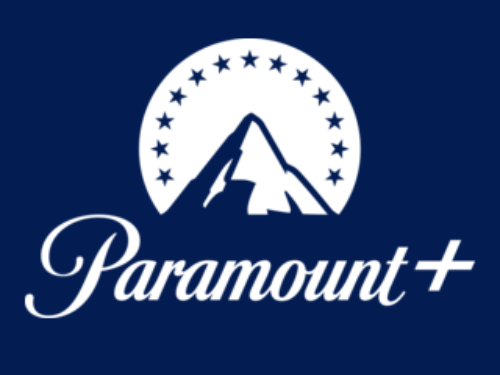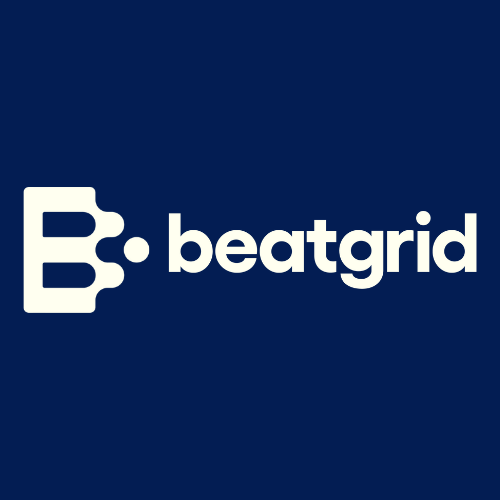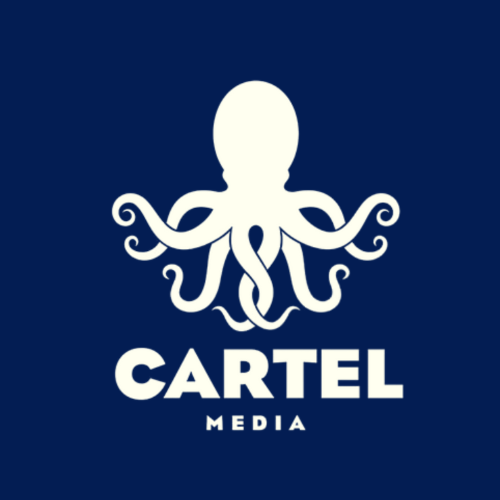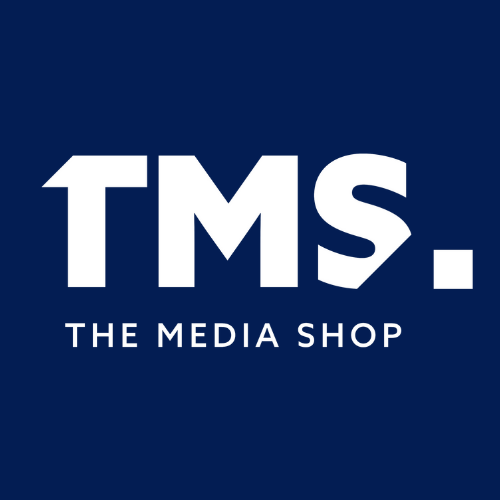Should media publishers be positioning their products in line with the Attention Economy?
There is currently lot of market debate about the Attention Economy & how it’s planning principles can help drive better advertising campaign results for agencies and marketers.
What interests me is should media publishers be using this new trend to position its products for greater conversions & higher rates?
Let’s first understand what the Attention Economy is by quoting a report built by Dentsu which can be found here:
Attention economy definition:
'4,000+ advertising messages hit us daily. Across multiple platforms, devices, and channels. It’s a battleground for attention – and yet we continue to trade on impressions...We know the cost, the reach but do we know the real value of ads? Have they even been seen? What was their impact?
As we approach the turn of the decade, digital advertising has surpassed TV worldwide and online video is the fastest growing ad format. But as on-demand viewing rapidly becomes the norm, audience attention is no longer a given - it’s something to be earned as audiences switch-off, skip, switch-over and fragment’.
Karen Nelson-Field from Amplified Intelligence published a book in 2020 – The Attention Economy and How Media works which set out to:
- Guide decision-making for marketers in the noisy, data-rich, fast-paced world of advertising
- Highlights the elements of an effective advertising campaign for long-term brand growth in any digital media
- Talks about buying the best advertising impression, creating the best impression and who you should impress
- Offers an evidence-based deep dive into how attention works for advertising, and its relationship with sales
Recently – she was
interviewed by Mi3’s – Paul McIntyre at an AANA event:
In this 5-minute interview she makes some important points about Attention.
- It's not Reach vs Attention. Reach needs Attention as much as Attention needs Reach. It's about having both.
- Her work is about measuring and understanding 'human behaviour' and how they engage with different media channels - the gap is that current reach metrics (impressions) are calculated differently depending on the platform or format.
- Creative will always be important however a campaign will always perform better on media channels that deliver engaging consumer attention. Poor creative can still perform well on media channels that deliver an engaging user experience. Awesome creative can perform badly on media channels that don’t hold attention with its consumers.
The most appealing part of her research is if you can advertise on media channels and platforms that hold consumer’s attention this will lead to strong returns on your advertising outcomes.
Her company Amplified Intelligence is currently working with many media publishers and media agencies all around the world to create measures to understand attention metrics for different media channels and products. The result of this research is due to be shared with advertisers and agencies soon.
Some media publishers are already aligning themselves to Attention:
- the most notable being Val Morgan in Australia which makes perfect sense for cinema advertising.
Here are my tips for media publishers for getting ready for Attention:
- Gather knowledge – these metrics will provide new information. Understand what ranks well vs not well and how your products fit into this new metric. If you score well regarding attention, align yourselves to it and then don’t be scared to charge for it.
- Have the proof - don't position yourself as strong in creating Attention unless you have the proof points that you are.
- Invest to make your products more consumer engaging – this might be better quality content that makes your channels stickier. Show advertisers that you have a plan in place to make sure their impressions are considered quality. if you invest to create utility for the end consumer there is more chance they will give you their attention.
- Stand for something – If you are worried about what Attention insights might indicate about your products make sure you still stand for a proven ingredient that drives results. There are many other organisations that have theories about what creates great advertising campaigns, its about aligning with what your products are best at doing for a brands media campaign.
- Be client first – understand your brief and the campaign’s objectives – Attention will not be the only point of evaluation. It’s very unlikely you will be the only channel being briefed so make sure you position yourself as working in synergy with all their other channels to create one great market mix.
- Engage with creatives – have an opinion on what’s the best ways to creatively use your products based on research that understand human behaviour and take the time to educate this side of the industry. Inspire by sharing the creative campaigns that best utilise your products and have also been proven to drive a ROI. You might not see short term rewards for this effort but in the long term if quality creative is being supplied for your advertising products then it's likely that it will have a long term positive impact.




